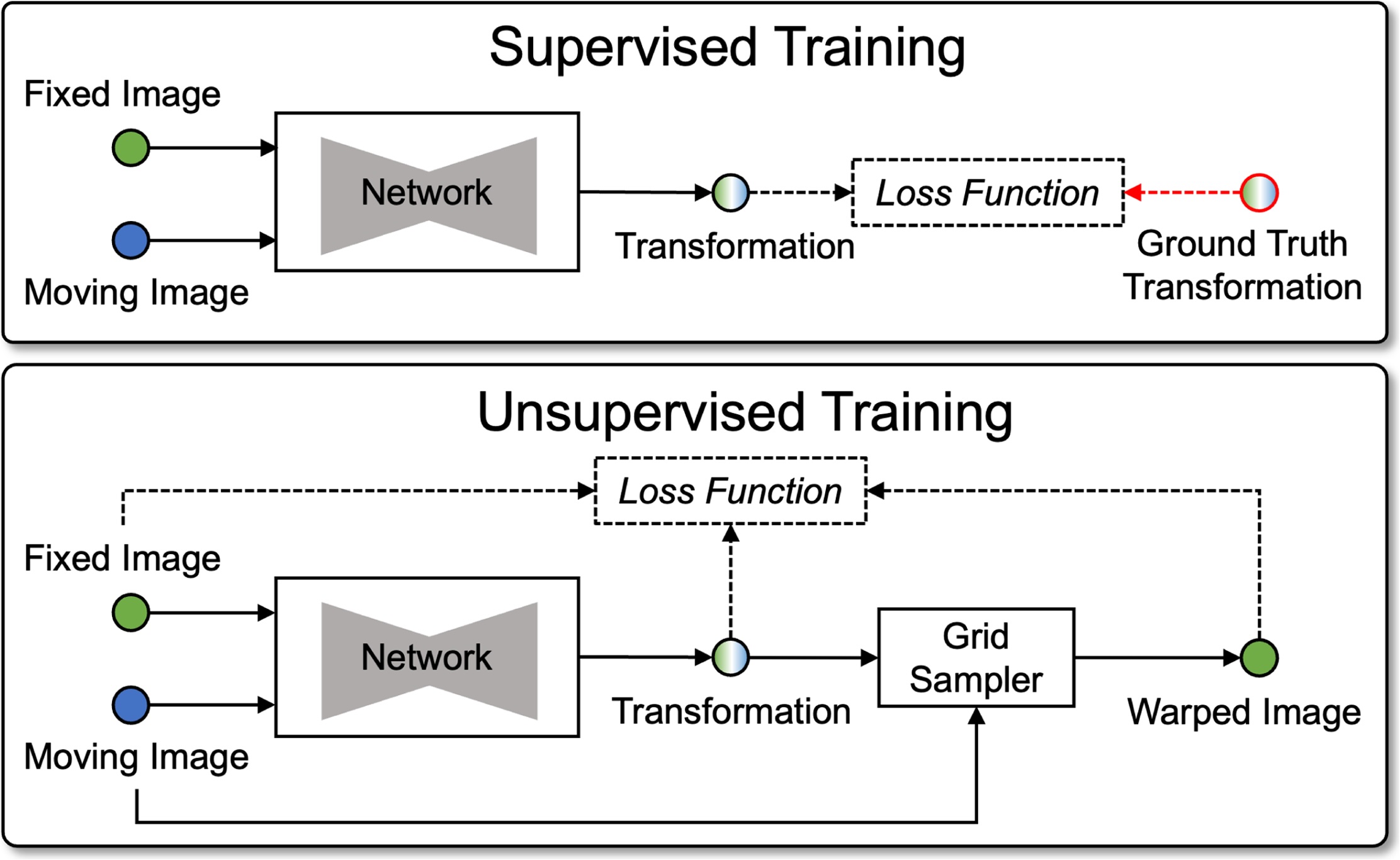Liu, Yihao; Chen, Junyu; Zuo, Lianrui; Carass, Aaron; Prince, Jerry L. “Vector field attention for deformable image registration.” Journal of Medical Imaging, vol. 11, no. 6, 2024, 64001, https://doi.org/10.1117/1.JMI.11.6.064001.
The purpose of this study is to improve the process of aligning images in medical imaging, which is known as “deformable image registration.” This process helps match images that are different in shape or taken at different times. In recent years, deep learning-based methods have become popular because they are faster and more accurate than traditional methods. Most of these methods use neural networks to predict how the images should be aligned by encoding location information in their feature maps, but the process can be complex and computationally expensive.
In this study, the authors introduce a new approach called “vector field attention” (VFA). This method improves the efficiency of existing methods by directly finding matching locations between the images. Instead of relying on complex layers, VFA uses a special attention mechanism to match pixels based on their feature similarity, which eliminates the need for extra learning parameters. This method can be trained in two different ways: with labeled data (supervised) or without labeled data (unsupervised).
The researchers tested VFA on various types of images and in different scenarios, including medical images from public datasets and a challenge called Learn2Reg. The results showed that VFA performed as well as or better than other leading methods in aligning the images.
In conclusion, VFA offers a novel approach to deformable image registration by directly retrieving spatial correspondences from feature maps, leading to improved performance in registration tasks. It holds potential for broader applications.
Fig. 1
Overview of the supervised and unsupervised training schemes for deep learning–based deformable registration algorithms.
